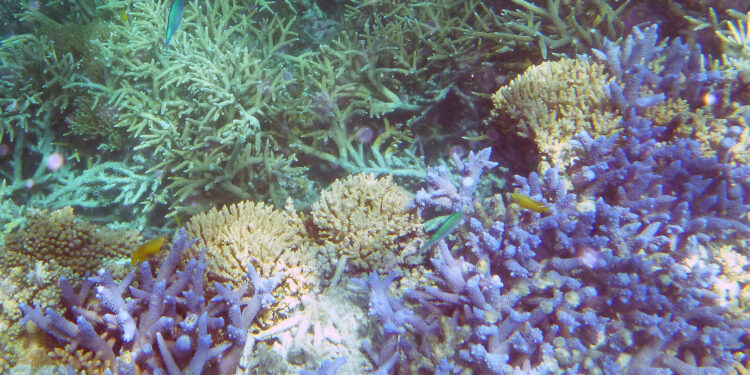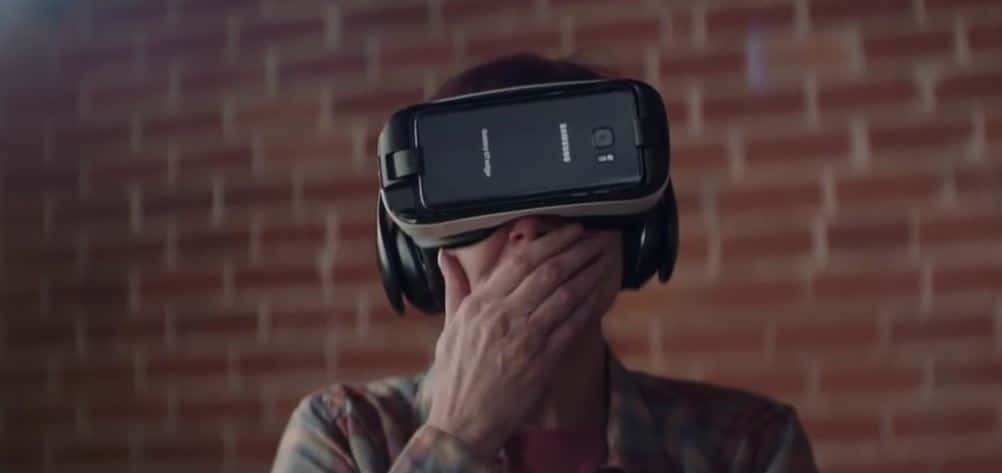A team of experts has started using drones to monitor the Great Barrier Reef, something that until now was only done with conventional air means.
The largest coral reef in the world stretches along about 2,600 kilometres off the north east coast of Australia. Its size is so vast that the figures are confused. There are more than 2,000 individual reefs, although it is also said that there are around 3,000. The coral structures would form nearly 1,000 islands, a terrain difficult to cover. But whose monitoring is paramount if you want to avoid deterioration.
And aerial means are used to monitor this huge expanse of stony colonies. So far conventional means have been used, such as light aircraft , to take photographs of corals. All the information obtained is then analyzed to know the state of this wonder of nature.
To improve the process of obtaining information, a team from the Queensland University of Technology has launched a project to use drones instead of conventional aerial means.
The drones are equipped with hyperspectral cameras (which record the entire electromagnetic spectrum) to collect images as accurate as possible. This can determine the levels of coral bleaching, which indicate its deterioration.
Drones have two advantages over conventional air assets. On the one hand, they can fly under the clouds. So, when the sky is not clear, researchers could continue to do their job. But they are also cheaper than chartering a small plane, so you can use more resources for the study. Instead of having an aerial medium in the air, you can launch a bunch of drones to take pictures.
So far the project has only been launched as a test. And is that there are nuances to polish yet. That’s why the scientists responsible for the initiative use more than drones in their work.
Artificial intelligence is another leg of the project. In this case it serves to automatically analyze the information obtained by drones. Once these data are obtained, scientists try to optimize them to the maximum.
The aim of detecting bleaching or discoloration of the Great Barrier Reef. And for that, the images obtained are tagged, so that each coral has its own individual label. The idea is to observe the evolution of each piece classified in time. The key is that the artificial intelligence algorithm learns to distinguish each unit from the others.
Images: ahisgett









